Tag: python
-

Hyperparameter Tuning in Machine Learning: When It Matters
Hyperparameter tuning is where data scientists tend to waste the most time. I’ve watched teams spend three weeks tuning a model that had fundamental data problems. They squeezed out a 2% accuracy gain while ignoring that their feature engineering was garbage. In reality, hyperparameter tuning is the last thing you should do, not the first.…
-

Model Deployment in Machine Learning: Getting to Production
Model deployment is where most ML projects die. I’ve seen data scientists build brilliant models that never leave their Jupyter notebooks. The model works perfectly in development, it just never makes it to production. A model that sits in a notebook is worth exactly zero dollars. Deployment is what turns your ML work into business…
-
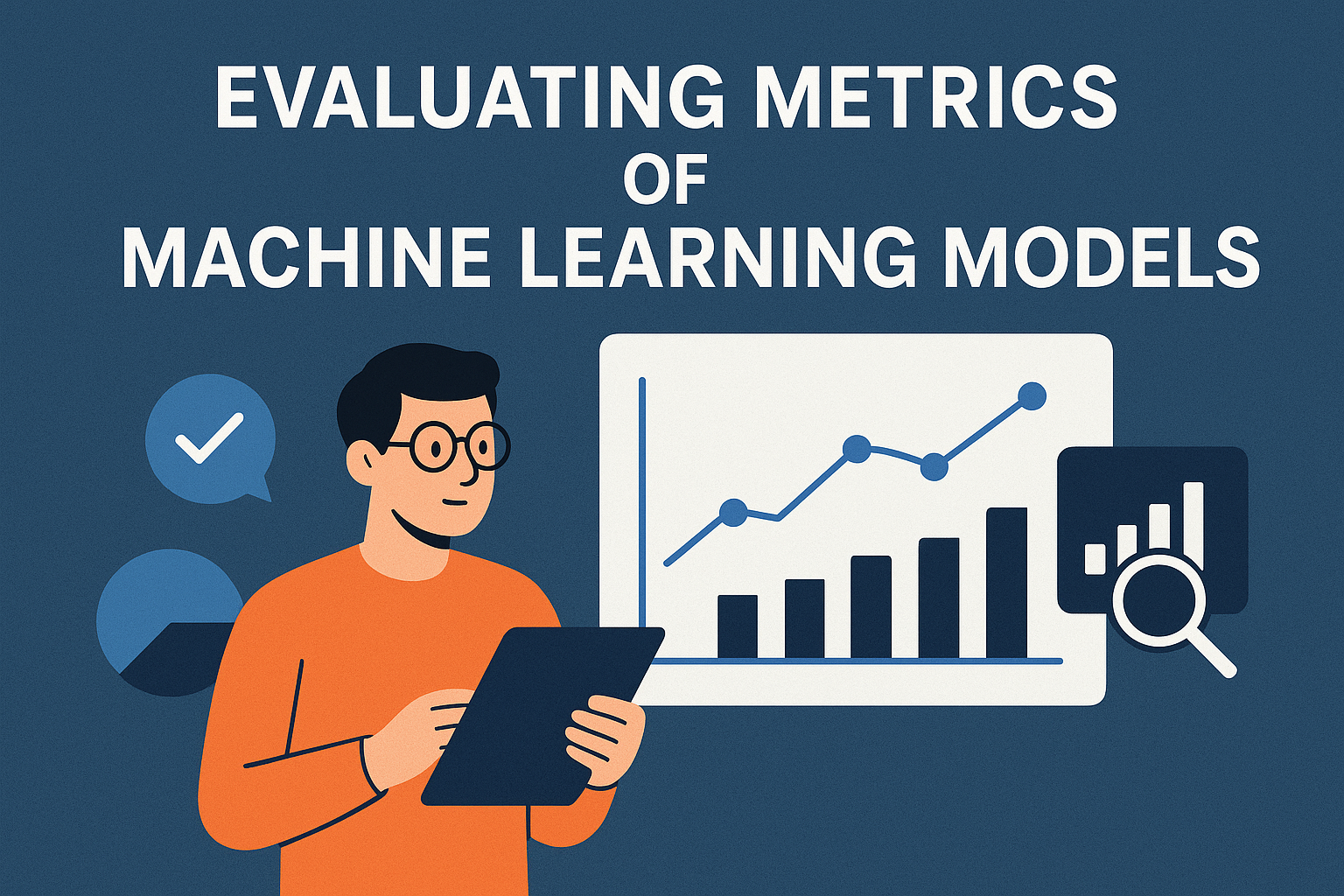
ML Model Evaluation: Beyond Accuracy
First of all, let me apologize for this being such a long post. But, if you can truly grasp the material presented here, it means you can distinguish a truly useful model from one that needs more work. And isn’t that really the point of what we do? Accuracy is a trap You could deploy…
-

Fine-Tuning LLMs. On A Mac.
Learn how to fine-tune open source LLMs locally on your Mac using Apple’s MLX framework. No cloud costs, complete privacy, and surprisingly fast results with M-series chips.
-
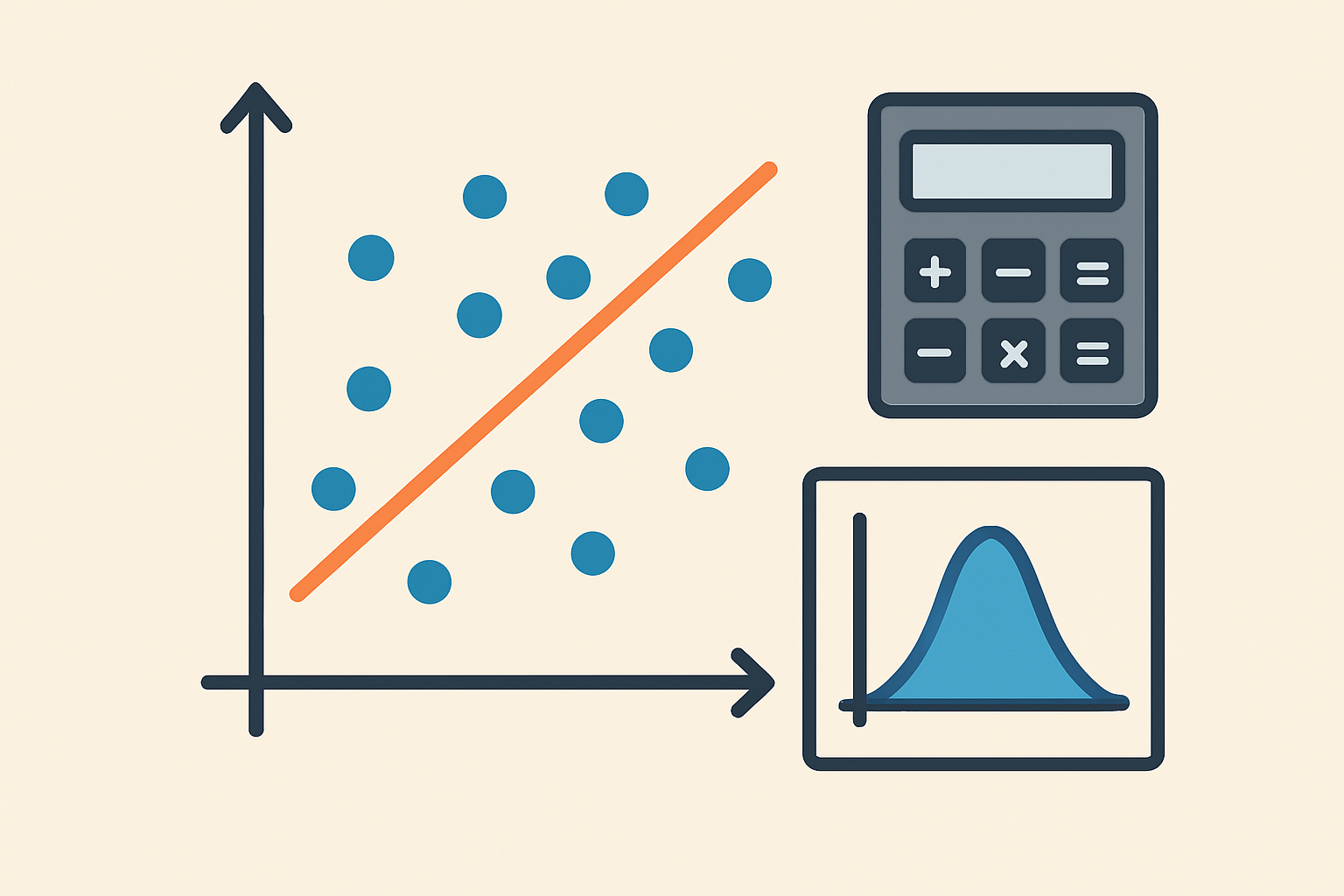
Regression Models: When You Need to Predict Actual Numbers
Learn when to use regression models instead of classification. Build customer lifetime value predictions using Linear Regression, Ridge, and Random Forest. Understand MAE, RMSE, and R² metrics with practical Python code.
-

ML Fundamentals: Stop Overthinking, Start Building
Learn machine learning fundamentals by building a spam classifier in 30 minutes. Same techniques apply to customer churn and employee attrition prediction. No PhD required—just Python and practical code.
-
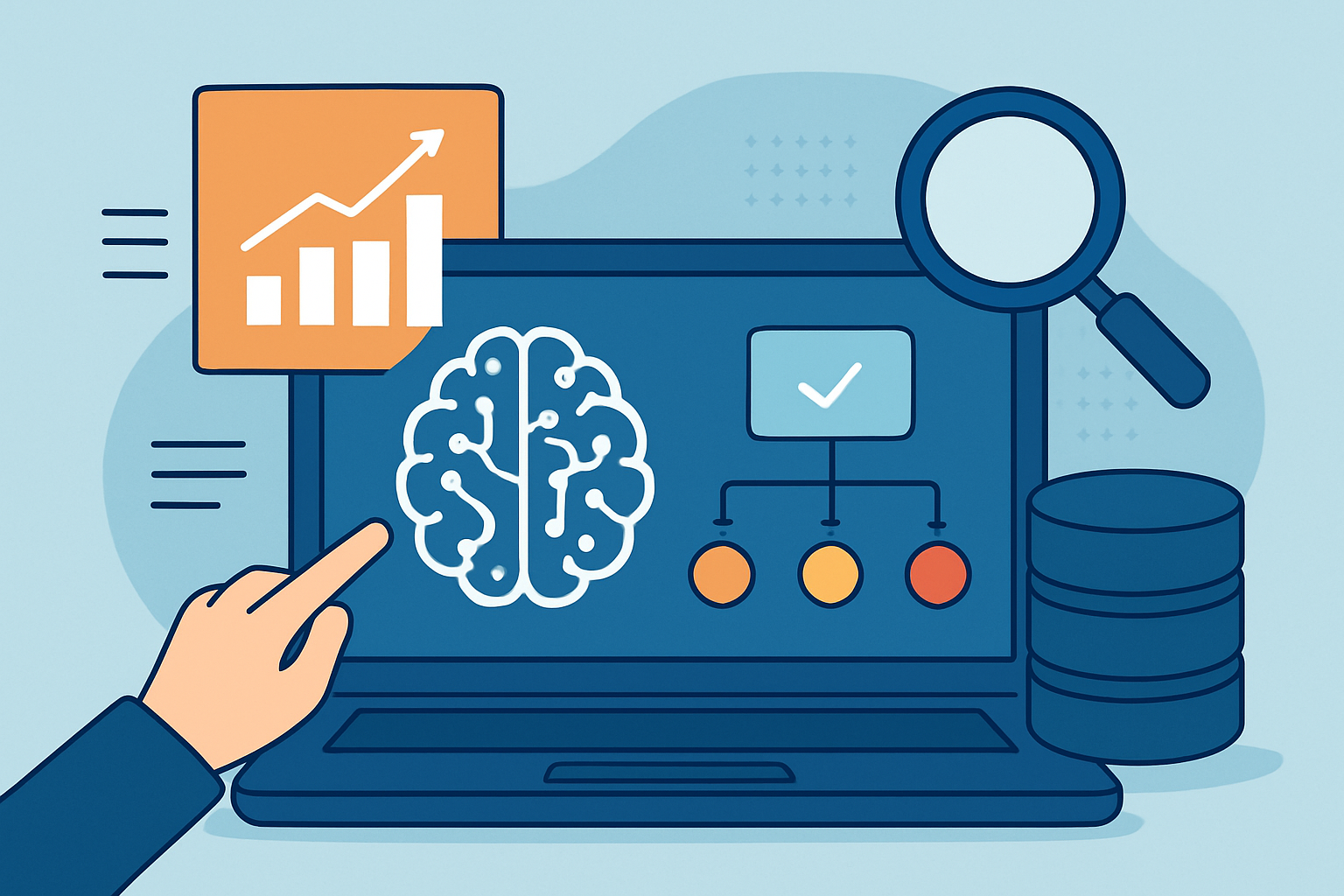
Classification Models: Pick the Right Tool
Compare four classification algorithms on the same churn dataset. Learn when to use Logistic Regression, Decision Trees, Random Forest, or XGBoost. Understand the performance vs interpretability tradeoff and make principled choices based on business context.
-

Data Prep: Where ML Projects Actually Live or Die
Master the 80% of ML work that happens before modeling. Handle missing values, scale features, avoid data leakage, and build proper train/test splits. If your model performs terribly, it’s probably your data prep.
-
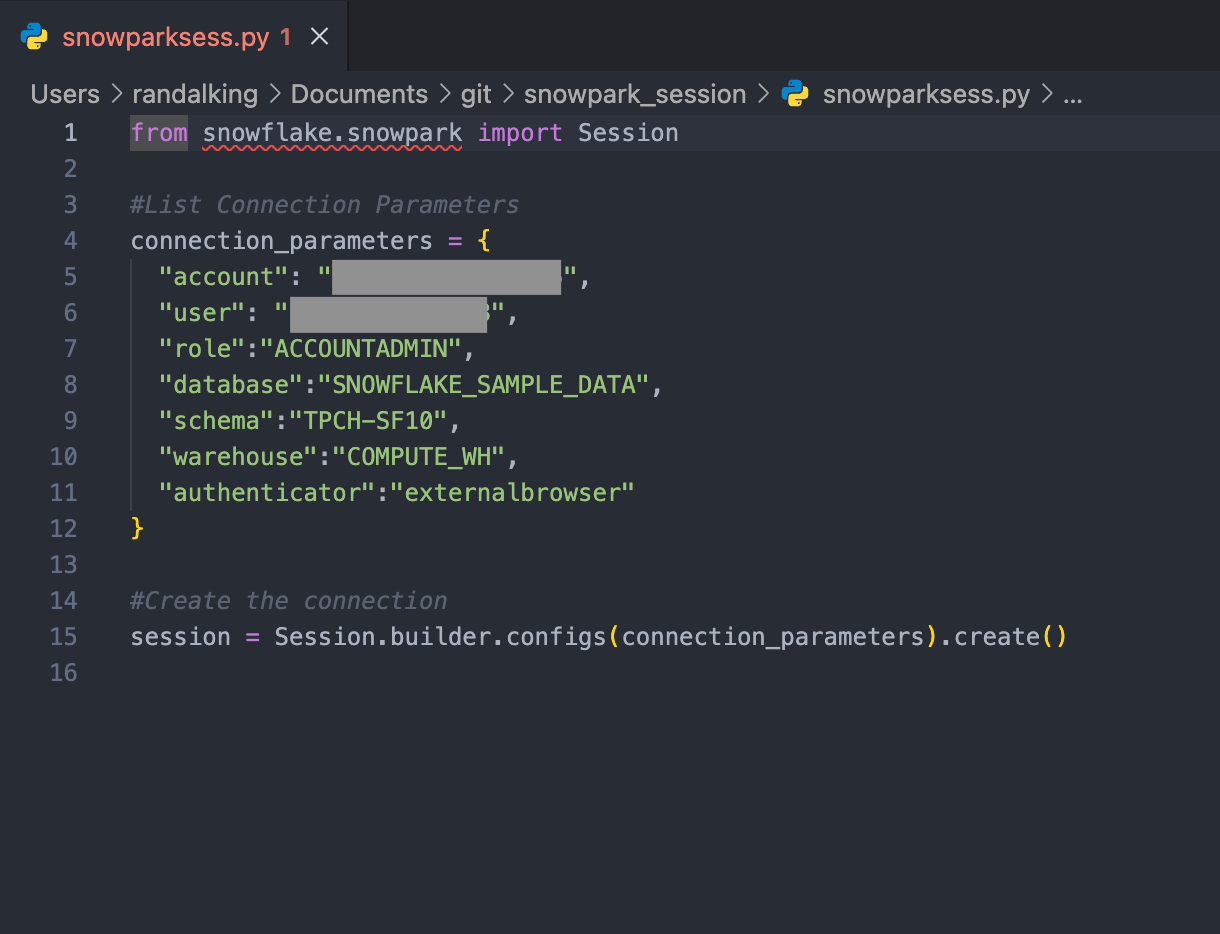
A Review of Snowflake Snowpark
After spending several months using Snowflake Snowpark, I’m really impressed with how it enhances the data engineering and data science experience within the Snowflake ecosystem. Essentially, Snowpark allows you to write and execute code directly inside Snowflake using languages like Python, Scala, and Java. This eliminates the need for external processing engines, which reduces complexity…
-

CrewAI: Multi-Agent Systems Made Simple
Build multi-agent AI systems with CrewAI’s Python framework. Learn how to orchestrate autonomous agents that collaborate to solve complex tasks and automate workflows.
-

Getting Data Into PyTorch Tensors
Master PyTorch tensor data loading without the frustration. Learn practical techniques for converting NumPy arrays, lists, and datasets into PyTorch tensors efficiently.
-
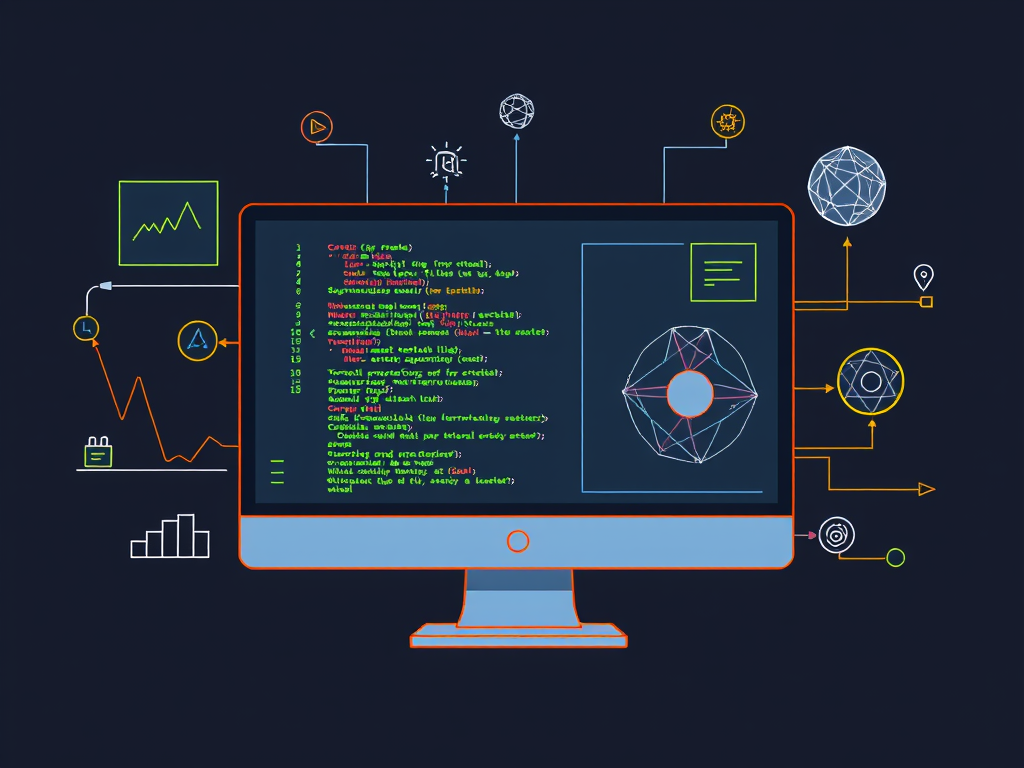
Getting Started with PyTorch
So you want to get into machine learning and everyone keeps talking about PyTorch? Good choice! PyTorch is basically the cool kid on the ML block right now, and for good reason – it’s way more approachable than you might think. Pytorch doesn’t force you to think like a computer. You can build and tweak…
-
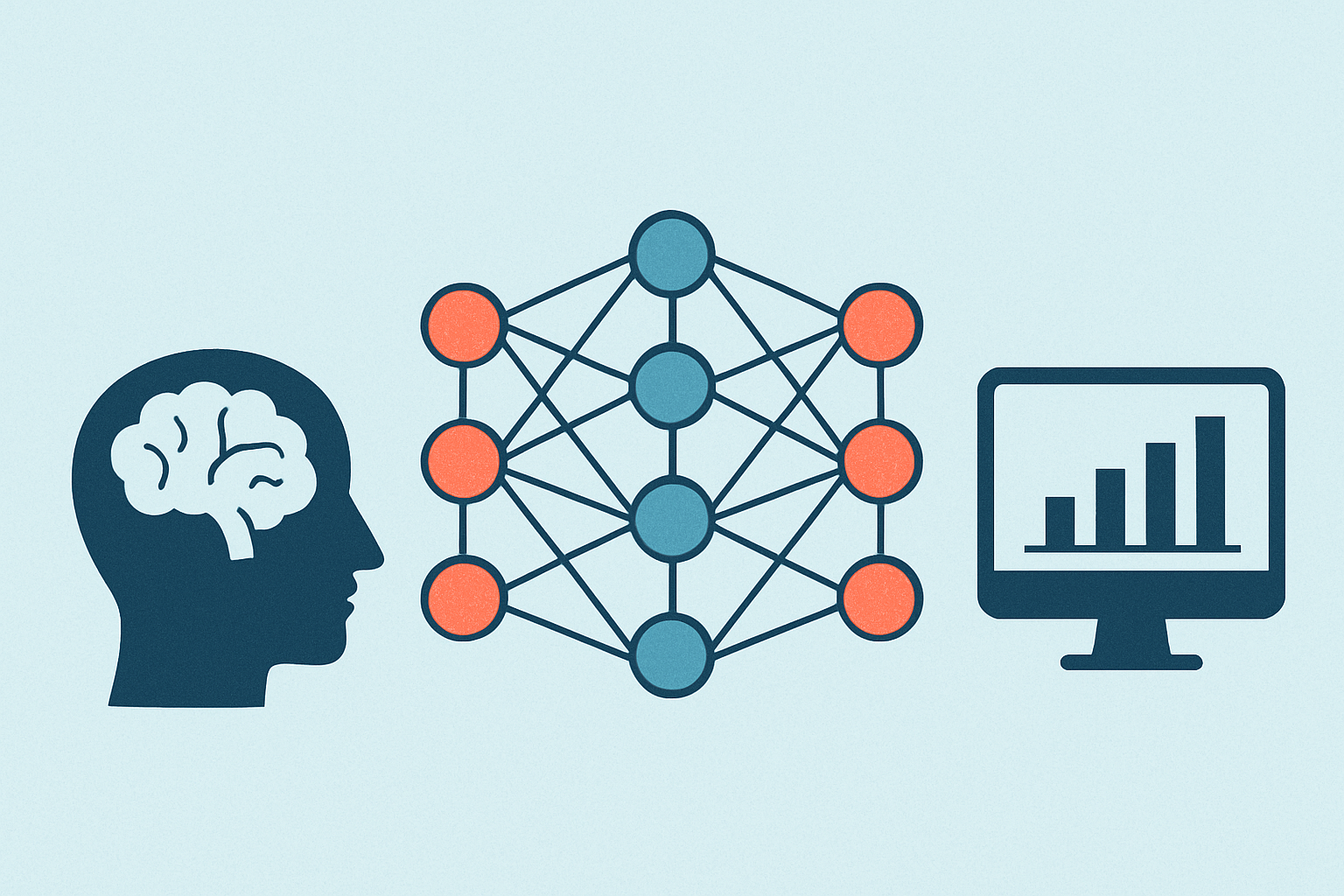
The Complete Beginner’s Guide to Understanding Neural Networks
Ever wondered how your phone recognizes your face, or how Netflix knows exactly what show you’ll binge next? The answer is probably neural networks – the brain-inspired technology that’s quietly running a huge chunk of the AI we interact with every day. Don’t worry if the term “neural network” sounds intimidating. By the end of…
-
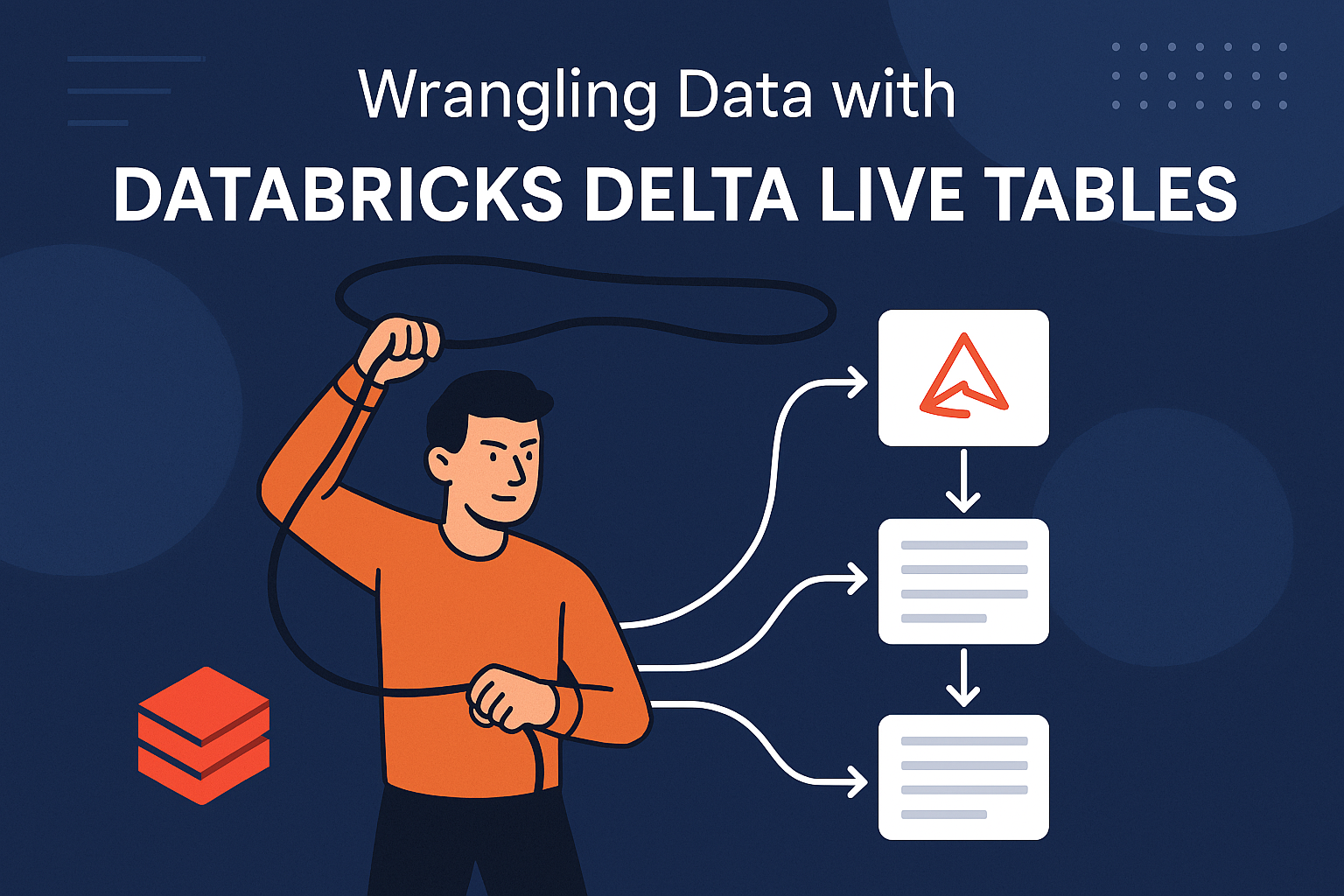
Wrangling Data with Databricks Delta Live Tables
Implement the Medallion architecture (Bronze, Silver, Gold) using Databricks Delta Live Tables. Automate data pipelines with declarative transformations and built-in quality checks.
-

Random Forest: The Swiss Army Knife of Machine Learning
So you’ve heard about Random Forest and you’re wondering what all the fuss is about? Well, buckle up because we’re about to dive into one of the most reliable and versatile algorithms in the machine learning toolbox. What’s This Random Forest Thing Anyway? Think of Random Forest as that friend who always gives solid advice…